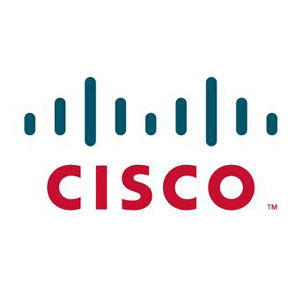Every Goliath has at least a few Davids
Microsoft has so many rivals it’s hard to know which are most likely to keep CEO Steve Ballmer up at night. Apple? Google? Every Linux vendor ever? Microsoft seemingly tries to dominate every software market in both the consumer and enterprise landscapes. Windows and Microsoft Office would be enough to sustain most vendors, but Redmond wants more: databases, cloud computing, e-mail, search, virtualization, unified communications, Web browsers, mobile phones and tablets, even video games. Sometimes, Microsoft blurs the lines by forming tight partnerships with competitors, as it has done with Citrix and Yahoo. Here, we’ll focus on the rivals we think pose the biggest threat to Redmond and give a status update on each rivalry.
By Jon Brodkin

Apple
Microsoft expresses more public animosity toward Google than Apple, but Apple is the one that passed Microsoft in market capitalization to become the world’s most valuable technology company. It’s easy to see why. Although Microsoft nearly snuffed out Apple long ago by dominating the PC market with Windows, Apple’s Mac business has remained lucrative and Steve Jobs came roaring back with market-changing products like the iPod, iPhone and iPad. Although Windows still powers 9 out of 10 desktops and laptops, by some counts, Microsoft is far behind Apple in the smartphone and tablet markets. Windows Phone 7 hasn’t halted the momentum of Apple, and Microsoft’s vow to overhaul the next generation of Windows to adapt to touch-screen devices indicates that even Redmond realizes Windows 7 isn’t a consumer’s first choice for a tablet OS. Unless customers start demanding a “Windows start menu” on their iPads, Microsoft won’t be anywhere close to catching Apple.
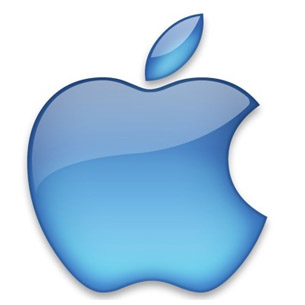
Google could become the second technology company to pass Microsoft in market capitalization, although Microsoft’s $232 billion market cap is still significantly more than Google’s $195 billion. Microsoft and Google compete on so many fronts it takes awhile to list them all. Google vs. Bing, Android vs. Windows Phone 7, Hotmail vs. Gmail, Windows Azure vs. Google App Engine, Microsoft Office vs. Google Apps, Internet Explorer vs. Chrome, and Windows vs. the not-quite-yet-released Chrome OS. The public spats between Microsoft and Google can be so comical that a recent dustup over allegedly stolen search results led to a Register article headlined, “Google and Microsoft relive Joan Collins catfight,” and the comparison didn’t seem like a stretch. Sometimes the fights happen in blog posts and Twitter insults, and other times the companies go to court. Google executives have prodded Microsoft by releasing details of Internet Explorer and Windows vulnerabilities when Microsoft’s security team dragged its feet in resolving them, and both Microsoft and Google have released add-ons for each other’s browsers in order to plug supposed gaps in functionality. Microsoft’s problem is that Google has shown the ability to enter new markets and dominate them, just like Microsoft did so many years ago with Windows, Windows Server and Microsoft Office. Microsoft can keep raking cash in for Windows and Office licenses, but in the worlds of Web-based computing and mobile devices, Google is the winner so far.
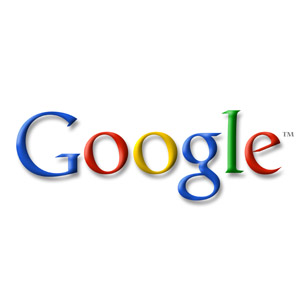
VMware
While the iOS and Android technology made by Apple and Google threatens to reduce the importance of the Windows desktop OS in the lives of technology consumers, this next rival thinks it can diminish the relevance of all those Windows Servers in the corporate data centre. With financial backing from majority owner EMC and a team of ex-Microsoft executives at the helm, VMware has argued that its virtualization and management tools are stealing the job of managing hardware from Windows Server. VMware has 190,000 customers, including every company in the Fortune 100, but analysts say Microsoft’s own Hyper-V virtualization platform is catching up in functionality and will be appealing to many customers because it is free. Microsoft always shows up at VMware’s VMworld conference in an attempt to lure users away, but maintains that VMware customers are “Windows customers first.”
VMware had a huge head start in this market, but it’s only a matter of time before Microsoft’s Hyper-V is good enough for most virtualization customers. Even though Microsoft is the underdog in server virtualization, the ability to bundle Hyper-V with Windows Server gives the company a powerful weapon. VMware will have to lower its prices and execute flawlessly to stay No. 1.

Red Hat
Microsoft has softened its stance toward open source software in general, but it would be tough to convince a general audience that it doesn’t hate Linux. CEO Steve Ballmer called Linux a cancer a decade ago, and in 2007 Microsoft claimed Linux and other open source software violated 235 Microsoft patents. Red Hat waves the Linux flag perhaps better than any IT vendor, making it a thorn in Microsoft’s side. Redmond still has a Web site comparing Windows to Red Hat asking, “How can ‘free’ be this expensive?'” While Red Hat’s desktop Linux doesn’t seem to be as popular as Canonical’s Ubuntu, on the server side Red Hat argues that only itself and Microsoft have all the pieces necessary to build cloud networks, including server virtualization, an operating system, orchestration and management tools, middleware, and application development frameworks. Microsoft tools are entrenched in the enterprise, with nearly half of worldwide server revenue going to Windows. But Red Hat lures in its share of customers with the promise of cheaper software and interoperability with non-Red Hat products. Red Hat pulled in $235.6 million in revenue in the most recent quarter, nothing to sneeze at for an open source company. Still, while Red Hat has the ability to cut into Microsoft’s market share, it’s far too small to pose an existential threat.
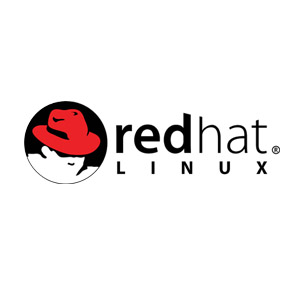
Oracle
Oracle makes this list because Steve Ballmer says so. The Microsoft CEO pegs Microsoft’s top rivals as Google, Apple, Oracle, VMware and open source in general. Databases are Oracle’s bread and butter, with $9 billion revenue in 2009, good for 48 per cent of the market, according to Gartner. IBM is second with $4.1 billion, with Microsoft in third place at $3.3 billion. Microsoft prefers to cite IDC figures, which indicate that SQL Server has a 41 per cent market share in terms of unit shipments, ahead of both Oracle and IBM. Microsoft is looking to boost revenue numbers with Denali, the next major release of SQL Server, as well as a $2 million data warehouse appliance it’s delivering jointly with HP. Like Microsoft, Oracle is quite diversified and offers Redmond a challenge in several other software segments, including business intelligence and CRM. Oracle’s acquisition of Sun Microsystems also puts CEO Larry Ellison in charge of open source products such as Java and OpenOffice, which rival Microsoft’s .NET Framework and Microsoft Office. Open source proponents may not be thrilled by Ellison’s stewardship, but he’s one of the few CEOs savvy enough to give Microsoft headaches. If he ever finds that Oracle is missing something, he’ll just buy the company that makes it.

Salesforce
One of Microsoft’s biggest cloud computing rivals, Salesforce’s software-as-a-service tools and its Force.com platform-as-a-service offerings each present significant obstacles. Microsoft is making a bigger push with its Dynamics CRM Online software, rolling it out to 40 world markets and offering financial incentives to customers that switch. On the platform-as-a-service side, Microsoft has lured about 31,000 users to its Windows Azure service, which hosts 5,000 applications. Force.com is well ahead with 185,000 applications, and is teaming up with VMware to build a new Java-based cloud called VMforce. Analysts say Azure could make headway in the market for .NET Framework users who want to build apps in the cloud, but as of now this market is tiny compared to the one led by our next Microsoft rival.
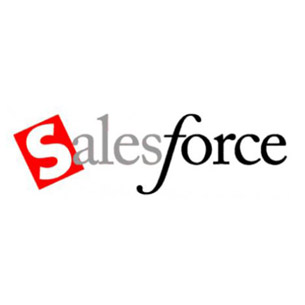
Amazon
Even if Microsoft can topple rival platform-as-a-service clouds Force.com and Google App Engine, it still has to contend with Amazon Web Services, including the hugely successful Elastic Compute Cloud. Microsoft is betting that customers want highly abstracted developer tools, rather than direct access to virtual machines and storage, but so far Amazon’s infrastructure-as-a-service vision is winning. Platform-as-a-service adoption is “anemic” compared to Amazon-style clouds, says Gartner analyst Richard Watson. In 2010, estimated revenue for Azure-style platform-as-a-service clouds was $140 million, whereas Amazon-style infrastructure-as-a-service clouds raked in $2.7 billion, Gartner says. Early customer reviews on Azure are good, but based on today’s numbers Microsoft is looking like a niche player.

IBM
For all the noise made by Google Apps, Gartner says Gmail has captured fewer than one per cent of enterprise e-mail seats. IBM’s Lotus Notes, in fact, is the stronger player in the business e-mail market, especially when you’re talking about large companies rather than small businesses. Lotus had an install base of about 156 million mailboxes in 2009, about half the size of the Microsoft Exchange install base, according to reports by the Radicati Group. Cloud-based e-mail will be a major part of each company’s strategy, but Microsoft is doing well both on-premises and in the hosted world with Exchange Online. “Microsoft has the majority of enterprise seats and it is expanding share,” says Gartner analyst Matt Cain.
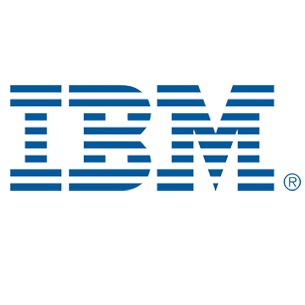
Sony and Nintendo
Sony and Nintendo aren’t partners, of course, but we’ll put them in the same rivalry here because Microsoft has put much of its development resources behind the Xbox 360 and Kinect in an effort to outshine these two video game giants. Xbox and Kinect may be the best example of Microsoft connecting with a younger audience. Although Nintendo was first to the game when it came to motion-based controls, Kinect for Xbox 360 took it a step further by doing away with the controller entirely, letting gamers play using just their own bodies. Microsoft sold 8 million Kinect devices in just 60 days, and has sold 50 million Xbox 360 consoles, compared with 85 million Nintendo Wiis and 48 million Sony Playstation 3 systems. Kinect looks like the most innovative video game product released in the past year, but with Nintendo unveiling a 3D Nintendo DS handheld, Microsoft still has no answer on the mobile gaming front.
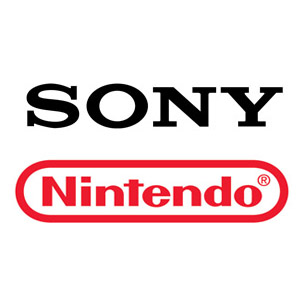
Research in Motion
While Apple and Google compete against Microsoft on a number of fronts, there’s just one market where RIM goes against Microsoft: mobile, including smartphones and now tablets. And just like Apple and Microsoft, RIM’s BlackBerry is way ahead of Redmond here. Windows Phone 7 will have a tough time luring consumers away from iPhones and Androids, and the presence of BlackBerry ensures that Microsoft’s efforts to get phones into the enterprise will be a tough sell too. In Q4 2010, Microsoft accounted for just 3.1 per cent of smartphone shipments worldwide, according to Canalys, compared to 14.4 per cent for RIM, which was only in fourth place behind Android, Nokia and Apple. If Research in Motion struggles, it will be because of iPhones and Androids, not because of Windows Phone 7.
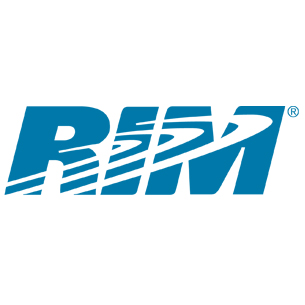
Mozilla Corp.
Although Chrome has the momentum in the browser market, it’s still Mozilla’s open source Firefox that’s in second place behind Microsoft and posed the first serious threat to Internet Explorer since … Netscape? Released in 2004, Firefox accounts for somewhere between 22 per cent and 30 per cent of Web usage, according to various statistics, benefitting from the perception that it is faster, more customizable and more secure. Internet Explorer accounts for anywhere between 41 per cent and 57 per cent of Web usage, while Chrome is past the 10 per cent mark by most counts. Microsoft is trying to gain back lost share with Internet Explorer 9, a beta product which is a major improvement over previous versions, but IE market share has been dropping almost every month for several years, according to usage tracker Net Applications. With every passing day, the built-in advantage Microsoft has from bundling Internet Explorer with Windows is eroded as users discover that newer browsers offer benefits over IE and can be installed with a few mouse clicks. Only a wildly successful IE9 launch will be enough to reverse Microsoft’s slide in browser share.
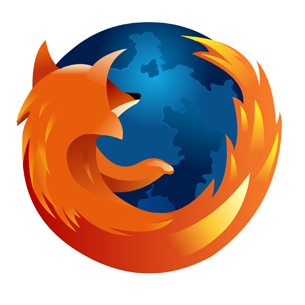
Cisco
Cisco has built out a robust and widely used unified communications system, with products like TelePresence, WebEx and VoIP phones. Even Magic Johnson uses Cisco. “Microsoft and Cisco are the most widely deployed unified communication suppliers,” Infonetics Research said last year after surveying customers, and Microsoft is making unified communications an even bigger priority with Lync and Lync Online, the successor to Redmond’s Office Communications Server. Microsoft has lowered the price with this latest generation, but enterprises interested in cloud-based software will have to wait because Lync Online won’t be available until the release of Office 365, which is still in beta, and the initial version of Lync Online won’t have all the phone capabilities available in the on-premises software. Still, Microsoft seems poised to make a big run in this market.
For more channel news coverage follow @CompDealerNews on Twitter.
